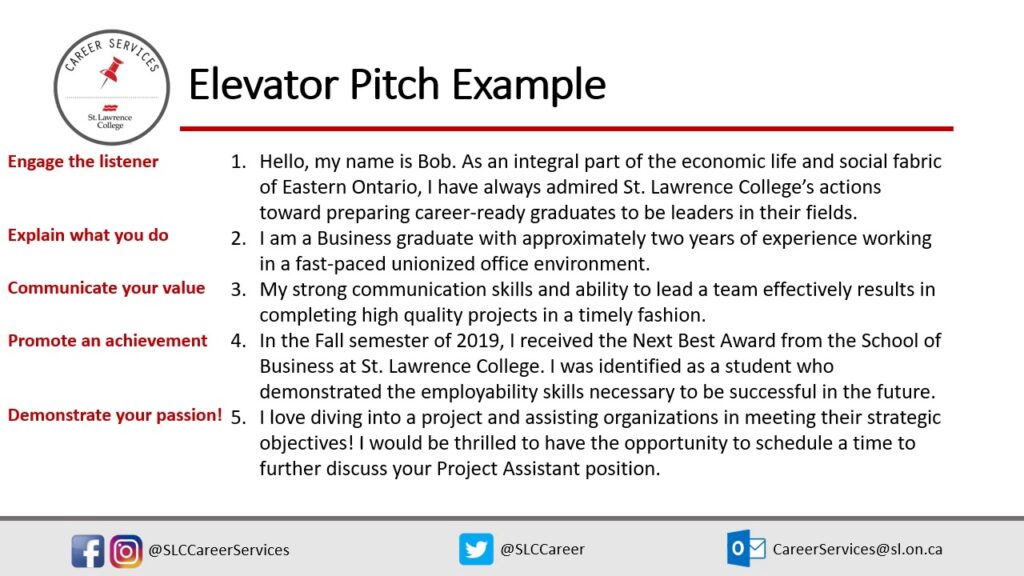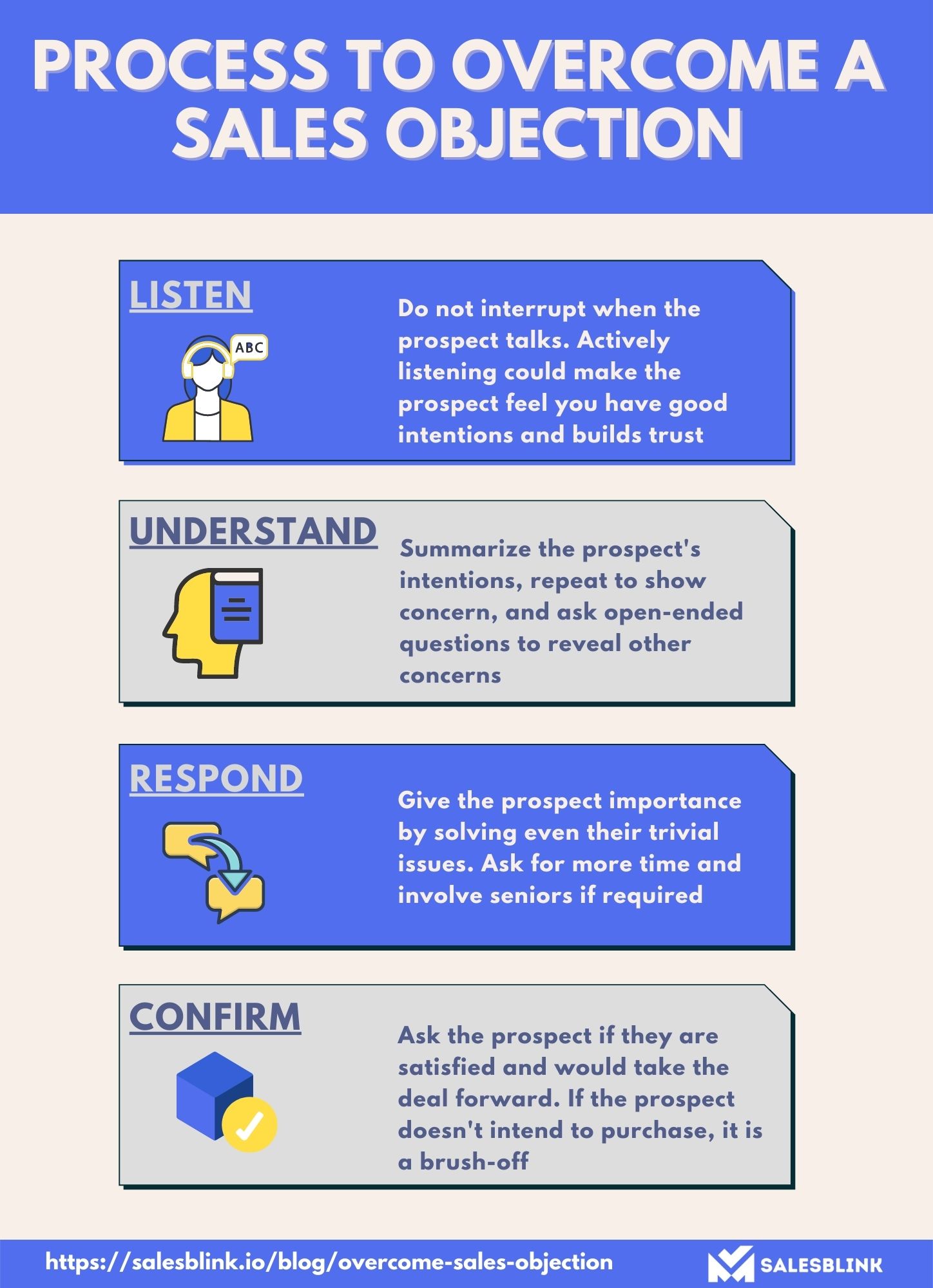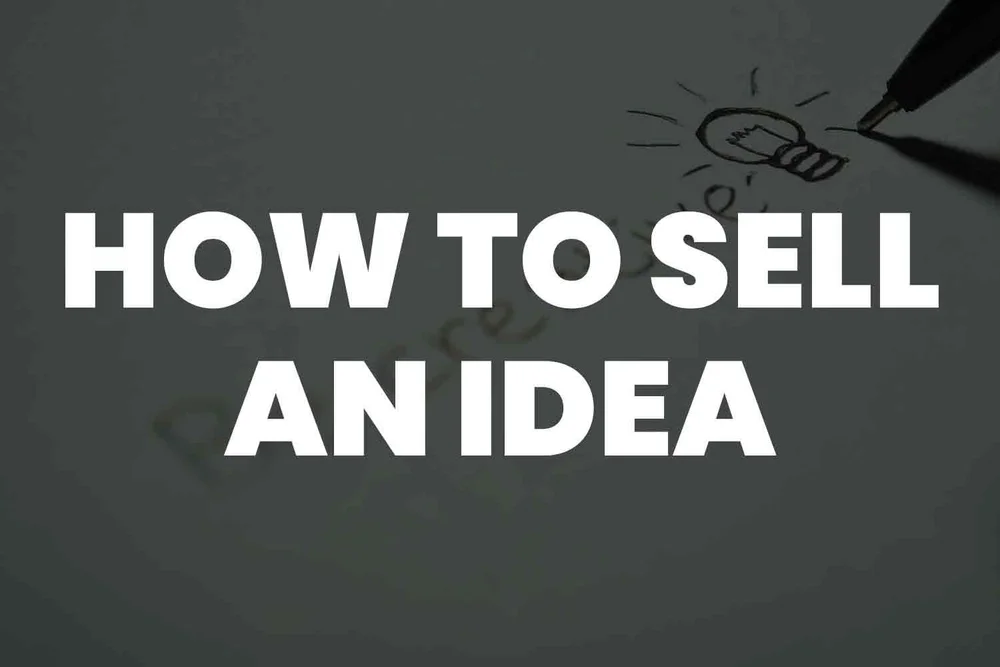Unlocking the Power of Persuasion
Effective communication is the foundation of selling ideas. To persuade others, it’s essential to understand your audience, build trust, and convey your message clearly. When considering how to sell your ideas, it’s crucial to recognize that your audience is not just a passive recipient of information, but an active participant in the decision-making process. By understanding their needs, concerns, and motivations, you can tailor your message to resonate with them on a deeper level.
A well-crafted message is essential to capturing your audience’s attention and conveying the value of your idea. This involves using clear and concise language, avoiding jargon and technical terms that may confuse or alienate your audience. By using storytelling techniques and vivid imagery, you can make your message more engaging and memorable, increasing the likelihood of your idea being adopted.
Building trust is also critical to selling your ideas. This involves establishing credibility and demonstrating expertise in your field. By providing evidence and data to support your claims, you can build a strong case for your idea and increase the confidence of your audience. Additionally, being transparent and open about potential risks and challenges can help to establish trust and credibility.
Ultimately, the key to selling your ideas is to understand your audience and tailor your message accordingly. By using effective communication techniques, building trust, and conveying your message clearly, you can increase the chances of your idea being adopted and implemented. Whether you’re pitching to investors, colleagues, or clients, the principles of persuasion remain the same. By mastering these skills, you can unlock the power of persuasion and achieve your goals.
Identifying Your Unique Selling Proposition
A unique selling proposition (USP) is a critical component of selling your ideas. It’s what sets your idea apart from others and makes it more attractive to your audience. To identify your USP, start by asking yourself what makes your idea unique. What problem does it solve that others don’t? What benefits does it offer that others can’t match?
Once you’ve identified your USP, it’s essential to craft a compelling USP statement. This statement should clearly and concisely communicate the value of your idea and what sets it apart from others. A good USP statement should be short, memorable, and focused on the benefits of your idea.
For example, if you’re pitching a new product, your USP statement might be: “Our product is the only one on the market that combines X, Y, and Z features, making it the most comprehensive solution for customers.” This statement clearly communicates the unique value of your product and what sets it apart from others.
When crafting your USP statement, keep in mind the following tips:
- Keep it short and concise. Aim for a statement that is no more than 2-3 sentences.
- Focus on the benefits of your idea. What value does it offer to your audience?
- Use clear and simple language. Avoid jargon and technical terms that may confuse your audience.
- Make it memorable. Use a unique and catchy phrase that will stick in your audience’s minds.
By identifying your USP and crafting a compelling USP statement, you can differentiate your idea from others and increase its appeal to your audience. This is a critical step in selling your ideas and achieving your goals.
Building a Strong Narrative
Storytelling is a powerful tool for selling ideas. A well-crafted narrative can capture your audience’s attention, convey the value of your idea, and create an emotional connection that drives action. When it comes to building a strong narrative, there are several key elements to consider.
First, identify your core message. What is the central idea you want to convey to your audience? What problem does your idea solve, and what benefits does it offer? Once you have a clear understanding of your core message, you can begin to build a narrative around it.
Next, consider your audience. Who are they, and what are their needs and concerns? What motivates them, and what are their pain points? By understanding your audience, you can tailor your narrative to resonate with them on a deeper level.
A strong narrative also requires a clear structure. This typically includes a setup, a confrontation, and a resolution. The setup establishes the context and introduces the problem or challenge. The confrontation presents the obstacles and conflicts that must be overcome. The resolution provides the solution and highlights the benefits of your idea.
Finally, use vivid imagery and descriptive language to bring your narrative to life. Use metaphors, analogies, and anecdotes to make your idea more relatable and memorable. By incorporating these elements, you can create a narrative that engages your audience and inspires them to take action.
For example, if you’re pitching a new product, your narrative might go something like this: “Imagine a world where [problem] is a thing of the past. Our product is designed to [solve problem] and make [benefit] a reality. With [key feature], you’ll be able to [achieve goal]. Join us in revolutionizing [industry] and making a real difference in people’s lives.”
By building a strong narrative, you can create a compelling pitch that resonates with your audience and drives action. Remember to keep your narrative concise, clear, and focused on the benefits of your idea. With practice and persistence, you can master the art of storytelling and sell your ideas with confidence.
Using Data and Evidence to Support Your Pitch
When it comes to selling your ideas, data and evidence can be a powerful tool. By using relevant information to support your pitch, you can build credibility and trust with your audience, and increase the chances of your idea being adopted.
So, how do you gather and present data and evidence to support your pitch? Here are a few tips:
First, identify the key metrics and data points that are relevant to your idea. This might include statistics, research findings, or expert opinions. Make sure to use credible sources and verify the accuracy of the data.
Next, present the data in a clear and concise manner. Use visual aids such as charts, graphs, and tables to help illustrate the points you’re making. Avoid using jargon or technical terms that might confuse your audience.
It’s also important to use storytelling techniques to bring the data to life. Use real-life examples or case studies to demonstrate the impact and effectiveness of your idea.
For example, if you’re pitching a new marketing strategy, you might use data to show the effectiveness of similar strategies in the past. You could present a graph showing the increase in sales or website traffic, and use a case study to illustrate the success of a similar campaign.
By using data and evidence to support your pitch, you can create a compelling and persuasive argument that resonates with your audience. Remember to keep the data concise and focused on the key points you’re trying to make.
In addition to using data and evidence, it’s also important to anticipate and address potential objections to your idea. This might include concerns about cost, feasibility, or potential risks. By addressing these concerns upfront, you can build trust and credibility with your audience, and increase the chances of your idea being adopted.
Anticipating and Addressing Objections
When selling your ideas, it’s essential to anticipate and address potential objections. This shows that you’ve thoughtfully considered the concerns and risks associated with your idea and are prepared to address them.
So, how do you anticipate and address objections? Here are a few tips:
First, put yourself in your audience’s shoes. What concerns might they have about your idea? What questions might they ask? By anticipating these objections, you can prepare responses that address their concerns.
Next, develop counterarguments to address potential objections. This involves presenting evidence and data that contradicts the objection and shows why your idea is still a good one.
For example, if someone objects to your idea because of its cost, you could present data showing that the long-term benefits of your idea outweigh the initial costs. You could also offer alternative solutions or compromises that address the objection.
When responding to objections, it’s essential to remain calm and composed. Avoid becoming defensive or dismissive, as this can undermine your credibility and make your audience less receptive to your idea.
Instead, listen carefully to the objection and respond thoughtfully. Use the objection as an opportunity to provide more information and build trust with your audience.
By anticipating and addressing objections, you can build a stronger case for your idea and increase the chances of it being adopted. Remember to stay flexible and open to feedback, and be willing to make adjustments to your idea based on the concerns and suggestions of your audience.
Ultimately, the key to selling your ideas is to be prepared, confident, and open to feedback. By anticipating and addressing objections, you can build trust and credibility with your audience and increase the chances of your idea being adopted.
Crafting a Compelling Visual Presentation
A visually engaging presentation is essential for selling your ideas. It can help to capture your audience’s attention, convey complex information in a clear and concise manner, and make your idea more memorable.
So, how do you create a compelling visual presentation? Here are a few tips:
First, keep it simple and concise. Avoid using too much text or complicated graphics that can be distracting. Instead, use clear and concise language and focus on the key points you want to communicate.
Next, use high-quality images and graphics that are relevant to your idea. This can help to make your presentation more engaging and memorable. Consider using images, charts, and graphs to illustrate key points and make your idea more tangible.
Another important aspect of a visually engaging presentation is the use of color. Choose a color scheme that is consistent with your brand and idea, and use it throughout your presentation. Avoid using too many colors, as this can be distracting.
Finally, consider using interactive elements such as videos, animations, and interactive charts to make your presentation more engaging. These can help to capture your audience’s attention and make your idea more memorable.
When it comes to creating a visually engaging presentation, there are many tools and resources available. Consider using presentation software such as PowerPoint or Keynote, or online tools such as Prezi or Google Slides.
By creating a visually engaging presentation, you can make your idea more compelling and increase the chances of it being adopted. Remember to keep it simple, concise, and focused on the key points you want to communicate.
When selling your ideas, it’s essential to consider the visual aspects of your presentation. By using high-quality images, graphics, and interactive elements, you can make your idea more engaging and memorable. This can help to capture your audience’s attention and increase the chances of your idea being adopted.
Delivering a Confident and Convincing Pitch
When it comes to selling your ideas, delivering a confident and convincing pitch is crucial. Your pitch is often the first impression you make on your audience, and it can make or break the success of your idea.
So, how do you deliver a confident and convincing pitch? Here are a few tips:
First, prepare thoroughly. Research your audience, practice your pitch, and anticipate any questions or concerns they may have. This will help you feel more confident and in control.
Next, focus on your body language. Make eye contact, stand up straight, and use gestures to emphasize your points. Avoid fidgeting, crossing your arms, or leaning on the podium.
Your tone of voice is also important. Speak clearly and confidently, and vary your tone to add emphasis and keep your audience engaged. Avoid filler words like “um” and “ah,” and try to speak at a moderate pace.
Handling questions and feedback is also crucial. Anticipate any questions your audience may have, and prepare thoughtful responses. Listen carefully to their feedback, and respond in a constructive and professional manner.
Finally, remember that your pitch is not just about conveying information, but also about building a connection with your audience. Be enthusiastic, passionate, and genuine, and show your audience why your idea matters.
By delivering a confident and convincing pitch, you can increase the chances of your idea being adopted. Remember to prepare thoroughly, focus on your body language, tone of voice, and handling questions and feedback, and show your audience why your idea matters.
When selling your ideas, it’s essential to consider the delivery of your pitch. By being confident, enthusiastic, and genuine, you can build a connection with your audience and increase the chances of your idea being adopted.
Following Up and Following Through
After pitching your idea, it’s essential to follow up and follow through on any commitments you made. This shows that you’re reliable, responsible, and committed to making your idea a success.
So, how do you follow up and follow through? Here are a few tips:
First, send a thank-you note or email to your audience, thanking them for their time and consideration. This helps to build relationships and maintain momentum.
Next, address any remaining concerns or questions your audience may have. This shows that you’re responsive and committed to addressing any issues that may arise.
Finally, ensure successful implementation by following through on any commitments you made. This may involve providing additional information, answering questions, or offering support and guidance.
By following up and following through, you can build trust and credibility with your audience, and increase the chances of your idea being adopted. Remember to stay organized, responsive, and committed to making your idea a success.
When selling your ideas, it’s essential to consider the importance of follow-up and follow-through. By staying organized, responsive, and committed, you can build trust and credibility with your audience, and increase the chances of your idea being adopted.
In conclusion, selling your ideas requires a combination of effective communication, a unique selling proposition, a strong narrative, data and evidence, anticipation and addressing of objections, a compelling visual presentation, a confident and convincing pitch, and follow-up and follow-through. By incorporating these elements into your pitch, you can increase the chances of your idea being adopted and achieve success.







